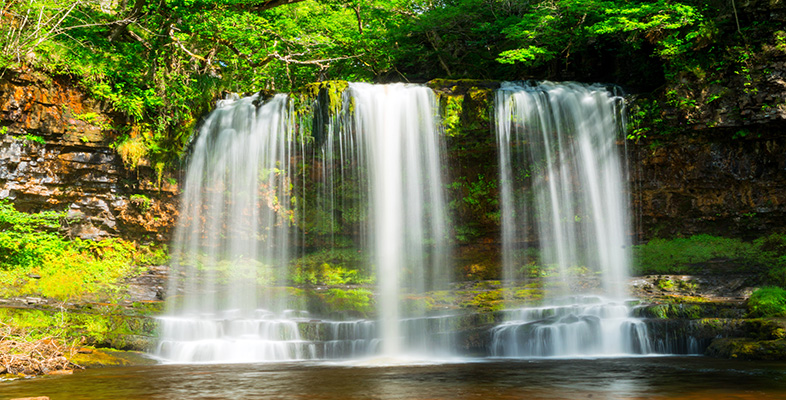5.6 The Arctic and our environment
As you approach the end of this course, you will return to the same topic that you began with: Ursus maritimus – the sea bear. Figure 1 showed some areas used by polar bears, and computer models can predict the effects of anthropogenic climate change on these areas. The story is complex, but the message is stark and clear. The bear sea ice habitats will decrease in extent in the future. It may soon be possible to see bears in their natural habitat only in northern Greenland and the Canadian archipelago. Whether you believe this is an issue of concern depends on your values and your political opinions.
The evidence of change is too clear to ignore. You may decide that a region as remote as the Arctic is not relevant. But the positive feedbacks and global environmental flows mean that the Arctic will not only be affected by climate change but will also be a source for some of the changes that humans may have to adapt to, such as rising sea levels from the melting Greenland ice cap and amplification of global warming. It is therefore more than just a barometer of global change – it is key to shaping the environment.
To be more literary, the Jacobean poet John Donne wrote in the 17th century, before the Arctic was mapped:
No man is an island, entire of itself; every man is a piece of the continent, a part of the main … never send to know for whom the bell tolls; it tolls for thee.
